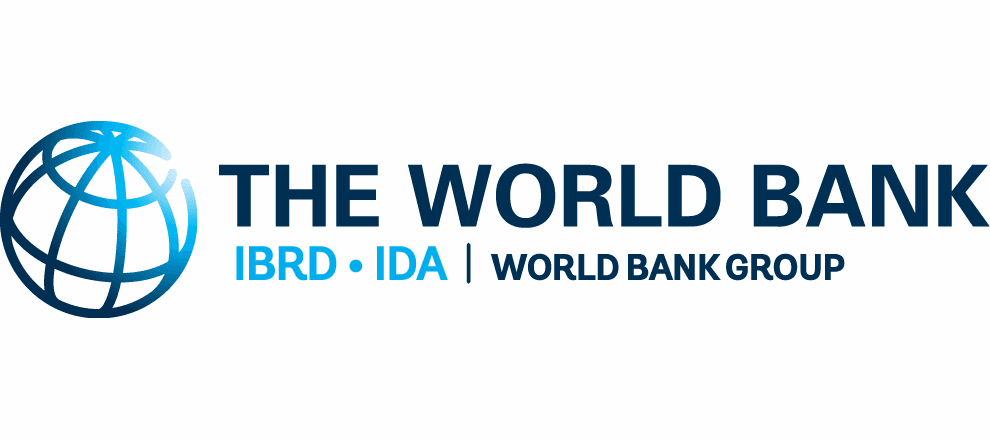World Bank cat bond pipeline stalled by market conditions: Report

The World Bank’s pipeline of catastrophe bonds to be issued for governments of its member countries has been impacted by market conditions in 2022, according to an interview with Michael Bennett of the World Bank Treasury.
Speaking with Bloomberg, Michael Bennett, the Head of Derivatives & Structured Finance at the World Bank Treasury, explained that 2022 hasn’t been an easy year for the World Bank to get catastrophe bonds to market for its members.
The World Bank’s last catastrophe bond issuance was in July 2021, the $185 million IBRD CAR 130 cat bond issued for the Government of Jamaica.
A more typical year of issuance for the World Bank might see a number of cat bonds brought to market.
But, in 2022, with capital market conditions effectively elevating the cost-of-capital for investors this year on the back of global macro-economic factors and investor nerves over geopolitics, driving spread widening at the same time as a reduction in inflows, has meant the ability of the cat bond market to absorb new deals has been lessened.
Then, more recently, hurricane Ian came along and has once again impacted the equilibrium of the cat bond market and now driven a far higher pricing environment.
All of this can affect the World Bank’s ability to bring new cat bonds to market and get them priced.
“We have a number of transactions in the works and some in fact have been stalled by market conditions,” Bennett told Bloomberg in an interview.
“A good year for us might be three or four transactions,” typically adding up to around $1 billion to $1.5 billion in risk capital issued.
The current rise in return expectations among investors in the catastrophe bond market means prices for coverage are set to be considerably higher going forwards and may never get back to the low-levels seen over the last decade or so.
This could be an issue for government sponsorship of catastrophe bonds, but also makes use of donor funds all the more important to continue to deliver access to risk transfer to those in need.
Bennett told Bloomberg that while the World Bank’s catastrophe bonds have historically been focused on similar perils to the insurance and reinsurance industry, which are likely to remain the largest focus, clients are also thinking about how to secure risk transfer for perils such as drought and flooding.
He also explained that Latin American countries are expected to remain a source of World Bank catastrophe bonds, but that discussions in the Caribbean are also being had, while Asia is also seen as a source of future cat bond deals.
On how governments can pay for risk transfer Bennett explained that donor support to help pay premiums is key.
“One trend I think we hope to see developing in 2023 would be more donor support for premiums,” he explained to Bloomberg.
In addition, the structures announced recently at the COP27 climate conference, the Global Shield against Climate Risks, and the World Bank’s Global Shield Financing Facility, could potentially become a source of support for countries risk transfer premiums in the future.






